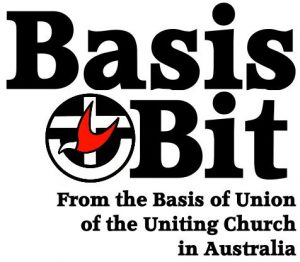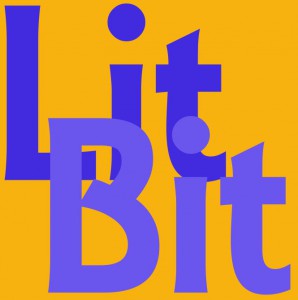
The Uniting Church continues to learn of the teaching of the Holy Scriptures in the obedience and freedom of faith, and in the power of the promised gift of the Holy Spirit, from the witness of the Reformers as expressed in various ways in the Scots Confession of Faith (1560), the Heidelberg Catechism (1563), the Westminster Confession of Faith (1647), and the Savoy Declaration (1658). In like manner the Uniting Church will listen to the preaching of John Wesley in his Forty-Four Sermons (1793). It will commit its ministers and instructors to study these statements, so that the congregation of Christ’s people may again and again be reminded of the grace which justifies them through faith, of the centrality of the person and work of Christ the justifier, and of the need for a constant appeal to Holy Scripture.
From Paragraph 10 of the Basis of Union (1992)
Download a high-quality image of this BasisBit for insertion into your pew sheet
BasisBits are intended particularly for congregations of the Uniting Church in Australia but could be easily adapted for general use by congregations of other denominations. The suggested use of BasisBits is as items in the “news” section of your Sunday pew sheets or regular congregational publications; some would lend themselves to incorporation into your liturgy order itself.



